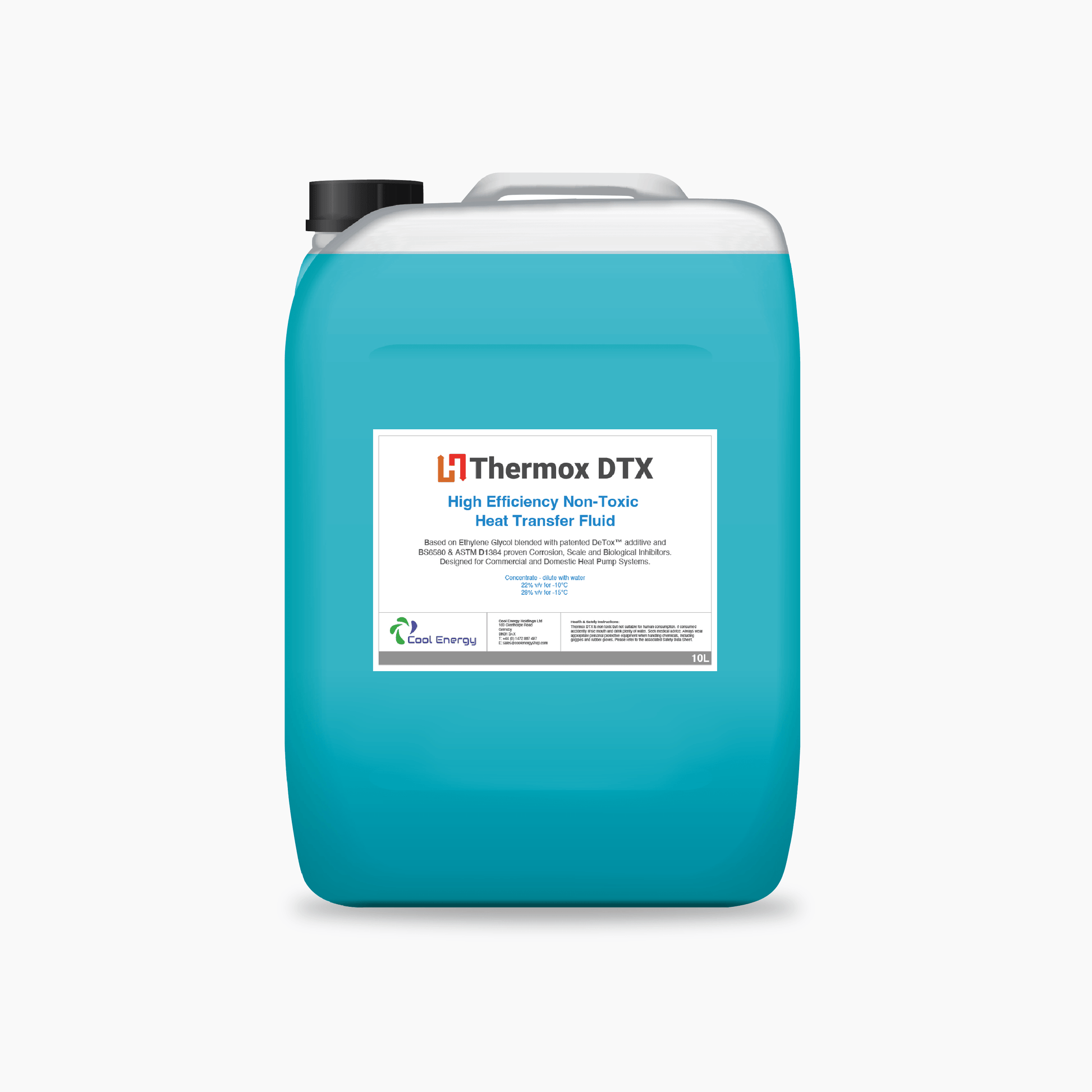Recognizing the Function of Heat Transfer Fluid in Effective Energy Equipments
Recognizing the Function of Heat Transfer Fluid in Effective Energy Equipments
Blog Article
The Role of Warm Transfer Liquid in Enhancing System Efficiency and Security
In the ever-evolving landscape of commercial procedures, warm transfer fluids (HTFs) emerge as critical components in optimizing both system efficiency and safety and security. These specialized fluids, known for their superior thermal conductivity and controlled thickness, make it possible for reliable warm exchange, which is vital for streamlined operations.
Recognizing Warm Transfer Fluids
Warmth transfer fluids, commonly considered the lifeline of thermal monitoring systems, play a pivotal duty in regulating temperature throughout numerous industrial applications - heat transfer fluid. Industries such as chemical processing, power generation, and production count on heat transfer fluids to make sure equipment operates effectively and securely.
The selection of a suitable warm transfer liquid is essential to the success of a thermal management system. Comprehending the nature and feature of these liquids entails recognizing their ability to take in, transport, and release heat successfully. Warmth transfer liquids can be broadly categorized into various types, consisting of water-based, glycol-based, and synthetic oils, each with its specific applications and advantages. The choice of fluid depends upon elements such as temperature variety, thermal stability, and compatibility with system products. In recap, a comprehensive understanding of heat transfer fluids is vital for optimizing system performance, guaranteeing operational safety, and achieving cost-effective thermal management services.
Secret Residence of HTFs

The certain heat capability of an HTF delineates the amount of heat called for to change its temperature level, affecting exactly how successfully the system can react to temperature variations. The boiling and freezing factors of HTFs also play an essential role, particularly in systems revealed to extreme temperatures, ensuring fluid security and avoiding stage changes during procedure. In addition, the chemical stability of HTFs under varying thermal problems is essential to avoid destruction and expand fluid life. Lastly, compatibility with system materials is essential to stay clear of corrosion and product degradation, guaranteeing long-lasting functional reliability. These residential or commercial properties collectively notify the choice of an ideal HTF for details commercial applications.
Enhancing System Performance
To enhance system efficiency with heat transfer liquids (HTFs), it is vital to incorporate a detailed approach that thinks about both liquid residential properties and system style. The selection of an ideal HTF is critical, as its thermal conductivity, thickness, and specific heat capability directly influence the effectiveness of heat exchange.
Similarly crucial is the style of the heat transfer system itself. The surface area and material of heat exchangers should be maximized to make best use of warmth transfer performance.
Boosting Operational Safety And Security
Making certain functional safety and security in warm transfer systems requires a precise concentrate on both the homes of warm transfer fluids (HTFs) and the layout and upkeep of the whole system. HTFs should possess thermal security, reduced flammability, and proper viscosity to reduce risks such as leaks, fires, and system breakdowns. Choosing the best HTF is essential as it More Help determines the system's capacity to take care of temperature level fluctuations without compromising safety and security.
The style of the system should include redundancies and fail-safes to take care of prospective risks successfully. This consists of the integration of safety and security shutoffs, pressure alleviation devices, and temperature level tracking systems to spot and resolve anomalies quickly. Normal maintenance is essential to make certain that all elements, consisting of pumps, pipes, and seals, are functioning properly and are without wear or deterioration, which could bring about harmful leaks or failings.
Furthermore, employees in charge of the procedure and maintenance of warm transfer systems have to be effectively trained in security protocols and emergency feedback procedures. Regular training programs and safety drills can substantially reduce the probability of accidents, making sure a more secure working environment. Eventually, a thorough method to security-- incorporating fluid selection, system style, and labor force training-- is vital for optimum operational safety.
Sector Applications of HTFs
Widely utilized across different fields, warmth transfer liquids (HTFs) play a vital role in improving the efficiency and reliability of thermal management systems. In the chemical market, HTFs are indispensable for keeping precise temperatures during reactions, guaranteeing product consistency and quality. They help with warm exchange description procedures in reactors, condensers, and warm exchangers, consequently enhancing energy use and reducing waste.
In the oil and gas industry, HTFs are utilized in both upstream and downstream operations. They manage temperature in drilling procedures and boost performance in refining procedures by supplying steady thermal conditions. This results in decreased downtime and enhanced safety, specifically in essential procedures such as purification and breaking.
The eco-friendly power market likewise benefits significantly from HTFs, particularly in focused solar power (CSP) plants. Here, HTFs move recorded solar energy to power turbines, making it possible for reliable electrical energy generation. The pharmaceutical sector relies upon HTFs for accurate temperature level control in both synthesis and storage space, guaranteeing item efficiency and security.


Additionally, the food and drink industry uses HTFs for pasteurization, sterilization, and food preparation processes, boosting both product safety and security and production performance. Across these markets, HTFs act as crucial components in keeping optimal functional performance and safety.
Verdict
Warmth transfer fluids are essential in boosting industrial system click now efficiency and safety by supplying high thermal conductivity, ideal viscosity, and thermal stability. Appropriate option and upkeep of HTFs boost warmth exchange efficiency, thereby enhancing operational performance.
Report this page